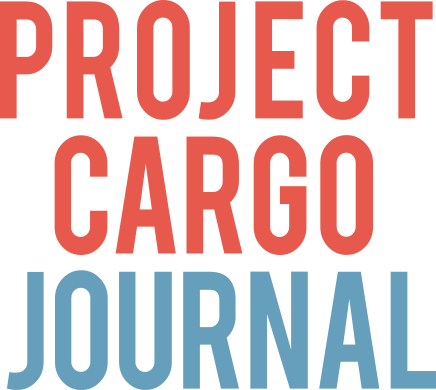Many companies find that Scope 3 emissions make up the majority of their carbon footprint, often surpassing the combined total of Scope 1 and Scope 2.
New York-based consultancy company AlixPartners published an insight article on how companies are adapting their supply chains. AlixPartners’ “Tackling Scope 3 emissions: How companies are adapting their supply chains” released on Monday helps understand Scope 3 emissions and provides examples of offsetting air freight emissions with multimodal transport, and integrating domestic trucking and rail.
Regulatory changes
Amidst pandemic-induced supply chain disruptions and ongoing geopolitical tensions like those in the Red Sea, companies have adjusted by implementing longer shipping routes, resorting to air freight, and often improvising solutions, albeit without adequately considering their environmental impact – a practice that won’t be sustainable in the future.
Regulatory changes such as the European Union’s Carbon Border Adjustment Mechanism (CBAM) and California’s At-Berth Rule are transforming conventional logistics operations. Moreover, consumer preferences are increasingly favouring environmentally conscious businesses.
CEOs are acutely aware of the imperative to address sustainability issues as custodians of their industries. The 2024 AlixPartners Disruption Index reveals that 49% of surveyed CEOs feel external pressure regarding environmental concerns, and 79% feel compelled to take a stance on these issues.
Mitigating Scope 3 emissions
Consequently, companies are intensifying efforts to reduce carbon footprints throughout their supply chains, employing innovative solutions and optimization strategies. Understanding and mitigating Scope 3 emissions, indirect emissions along the value chain, have become pivotal for corporate sustainability and effective supply chain management.
Achieving ambitious emissions reduction targets demands collaboration among various stakeholders, prompting ESG reporting to assess indirect emissions’ influence on a company. This often leads to partnership-based solutions. Scope 3 emissions, stemming from activities outside direct control, are integral. These involve upstream actions like material extraction, downstream processes such as product transportation, and end-use consumption.
Many companies find that Scope 3 emissions make up the majority of their carbon footprint, often surpassing the combined total of Scope 1 (direct emissions from owned or controlled sources) and Scope 2 (indirect emissions from purchased energy generation). Collaborative solutions have increasingly prioritized logistics.
Air, rail, road, and ocean
For example, DHL and Schneider Electric have teamed up to improve eco-friendly logistics by incorporating sustainable multimodal transport solutions. Acknowledging the high carbon footprint of air freight, they’ve switched to sustainable aviation fuels, despite their higher costs. Their strategic shipping optimizations have enabled them to maintain competitive pricing and efficiency, resulting in nearly a 20% reduction in reported carbon emissions on routes from Singapore and India to North America since March 2023.
Companies are increasingly adopting intermodal transit, combining truck convenience with rail efficiency to reduce environmental impact. This approach can cut carbon emissions by over 65% per 1,000 shipment miles.
For instance, IKEA launched a weekly rail service from Poland to Spain, covering about 2,000 km, potentially replacing 4,500 truck trips and saving 5,100 tons of CO2 yearly. Furthermore, IKEA plans to reduce emissions further by using electric vehicles for last-mile deliveries.
Walmart, the largest U.S. retailer, aims to mitigate 1 billion metric tons of Scope 3 greenhouse gases through Project Gigaton. As nearly 90% of Walmart’s total emissions are from Scope 3, the company has partnered with JB Hunt to increase intermodal transit usage significantly and collaborate on electric vehicle utilization for transporting goods between distribution centres and rail yards.
Cargill, a global food giant, partnered with Pyxis Ocean to implement an updated version of an old technology aimed at cutting fuel usage. Their integration of wind-assisted propulsion onto cargo ships targets a potential 40% reduction in fuel consumption and carbon emissions on certain routes. This initiative marks a significant step towards sustainable shipping, in line with worldwide decarbonization objectives and possibly transforming the industry’s environmental impact.
“Logistics need to change both up and downstream if companies are to make progress on emissions reductions,” AlixPartners concludes.
You just read one of our articles for free
To continue reading, subscribe to WorldCargo News
By subscribing you will have:
- Access to all regular and exclusive content
- Discount on selected events
- Full access to the entire digital archive
- 10x per year Digital Magazine
SUBSCRIBE or, if you are already a member Log In
Having problems logging in? Call +31(0)10 280 1000 or send an email to customerdesk@worldcargonews.com.




